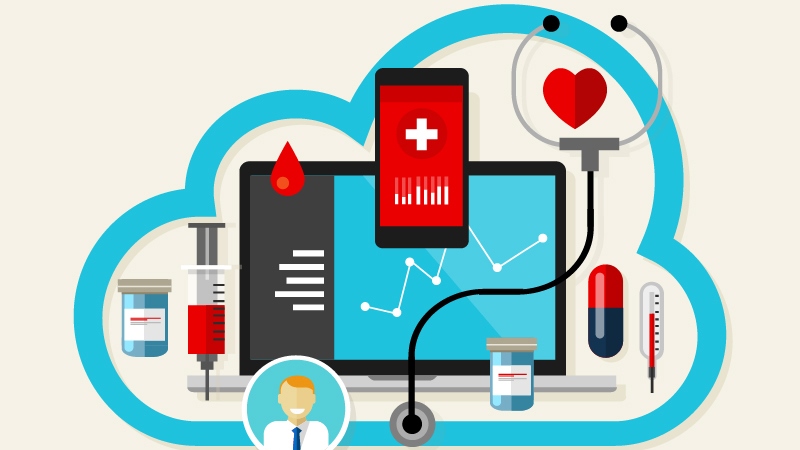
The medical device industry’s role in health care is changing, says a new report called “Beyond the device: From producer to problem solver,” produced by PwC earlier this month. Seven in 10 of the largest medical device companies have reorganized to broaden the services they offer health care customers–most, by doing the following:
- Focusing on broad service offerings attuned to customer needs.
- Leveraging the cloud to improve clinical workflow.
- Helping improve patient outcomes via remote monitoring and real-time data and analytics solutions.
- Incorporating clinician and consumer perspectives into solution design.
PwC interviewed top executives at large medtech firms and looked at organizational changes in the top 10 medical device companies to build the report. Of these top players, five in 10 now offer customized solutions independent of their product offerings, seven in 10 have undergone organizational changes reflecting a shift toward service-based offerings, and 10 in 10 now provide training and educational resources.
One example comes from Stryker Performance Solutions with its JointCOACH portal. Recent changes to the way physicians are paid under the Medicare Access and CHIP Reauthorization Act of 2015 (MACRA) leaves $1.3 billion in Medicare incentive payments available to physicians. Now, medtech’s primary customer cases are looking for help in gathering quality data and meeting performance standards to get their piece of that $1 billion.
“We wanted to become a broader partner to providers and physicians,” Brian McCrone, vice president of Stryker Performance Solutions, told PwC. As a result, JointCOACH was launched in April 2016. The Web-based portal connects joint replacement patients with their hospital care teams during a surgical procedure–from preparation to recovery. The portal allows care coordinators to monitor patients and intervene in a timely manner, if necessary, to avoid readmissions.
Medtech is also increasingly turning toward the cloud. “Doctors want to spend more time with patients, not more time doing data entry,” said Evren Eryurek, software chief technology officer at GE Healthcare. By using the cloud, physicians can spend less time doing analysis and increase the accuracy of image readings.
Where does all this new medtech innovation come from? Intense pressure from clinicians, consumers, and physicians to get “more” from their devices. Physicians in particular are looking for technology to do everything–improve workflow, create a better patient experience, increase access for patients, and increase patient adherence.
The report ends with four recommendations for the medtech industry to continue to evolve and get ahead:
- Decide whether to offer solutions or discrete products.
- Make new connections across the health care ecosystem.
- Prepare to enter into value-based contracts and assume risk for outcomes.
- Develop devices with the capability to feed data back to providers.
